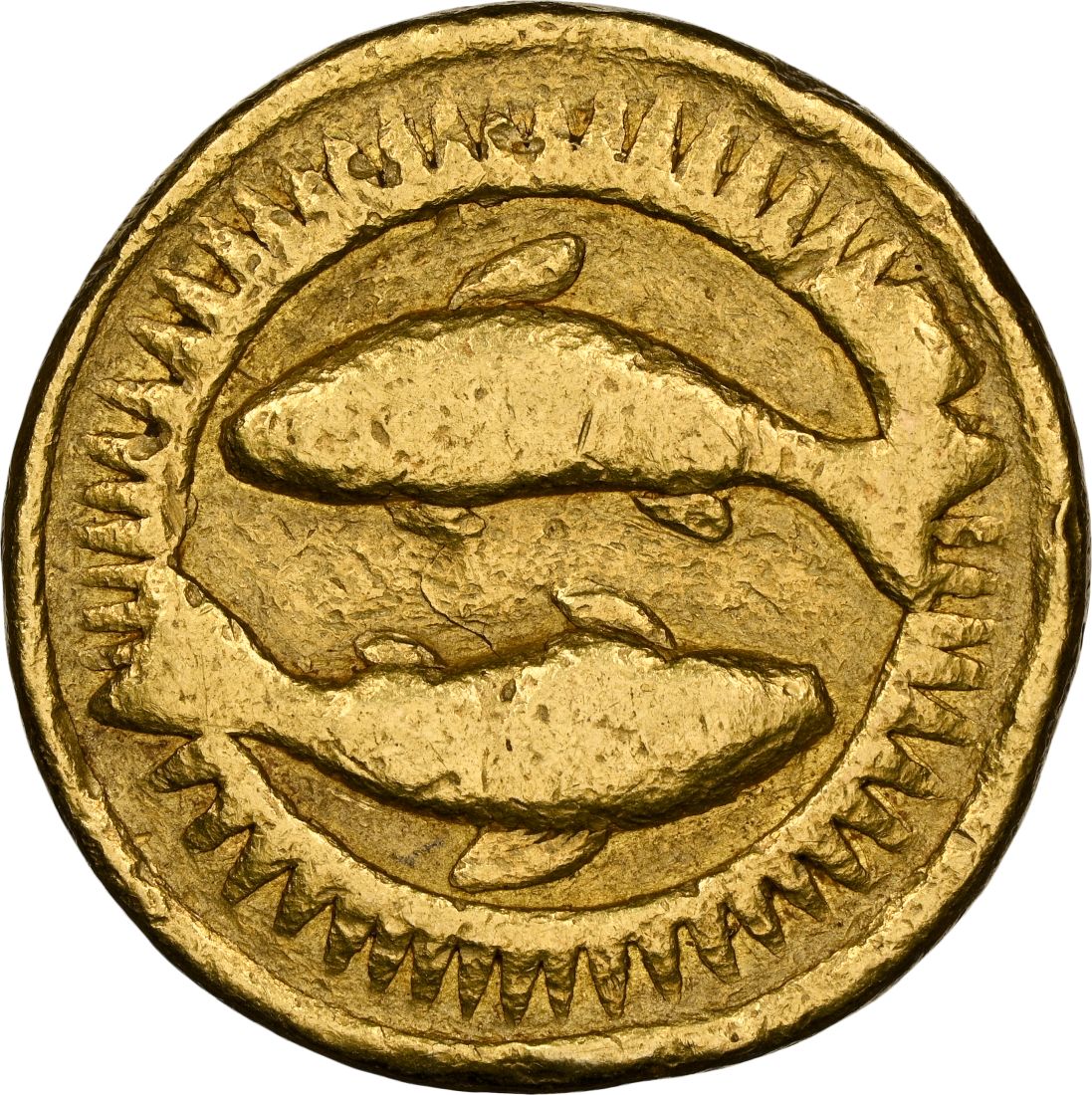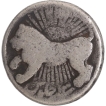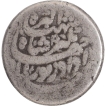This Lot is closed.
- P-Auction # 40
- Bids: 0
- Views:565
| Start Price 2500000 | Estimated Price 2500000-3500000 |
| login, to view Hammer value | |
| Quick Description | ||||
|---|---|---|---|---|
| Denomination | Gold Mohur | Mint | Agra | |
| Metal | Gold | Year (AH/VS/SE/AM) | AH 1028 | |
| RY (Ruling Year) | 13 | Month (Akbar & Jahangir Coins) | Isfandarmuz | |
| Full Description: Noor ud-din Muhammad Jahangir (AH 1014-1037/1605-1627 AD) Agra Mint, Gold Zodiac Mohur, ‘Pisces’ sign, corresponding to Ilahi month ‘Isfandarmuz’ (Pisces-the Fish), AH 1028 and regnal year 13, “Zar zewar” Couplet, Obv: two fishes with their tail fins on the band, facing opposite directions, sunburst around, Rev: Persian legend “Yaft dar Agra ruye zar zewar, az Jahangir Shah, Shah Akbar", 10.65g, (KM # 180.20), graded & slabbed by NGC as VF25, Exceptionally Rare. Note: Emperor Jahangir's gold and silver zodiac coins were a very ornate and unique innovation in Islamic coinage. In accordance with the Quran and Hadith, astrology and belief in celestial beings (the sun, moon, stars, planets, galaxies) represented by astrological symbols or signs would have undoubtedly upset the Ulema (Muslim clergy). These tenets are fundamentally forbidden by Islam. As Jahangir had already broken tradition earlier by striking the portrait series of coins during his reign, he probably paid no heed to the clergy. In his autobiography, Jahangir describes striking coins with zodiac symbols representing each month. The following is what Jahangir wrote in his autobiography "Tuzuk-e-Jahangir" on Thursday, 23rd Farwardin 1027 AH, corresponding to 15th Rabi II 1027 AH, i.e. 20 March 1618 AD, in the 13th year of his reign, about zodiac coins: In the past, coins were stamped with my name on one face, the name of the place, and the month and year of my reign on the reverse. At this moment, I had the idea that instead of the month, they should substitute the constellation associated with that month; for example, the Ram in Farwardin, and the bull in Ardibihisht. In each coin struck, the constellation's figure was to appear on one face, as if the sun appeared from it. It is my own usage, and has never been used before." The use of the emerging sun motif is undoubtedly related to Jahangir's birth in August, when the sun is the governing celestial body of the zodiac sign Leo (Lion), as well as to Akbar's establishment of the solar Ilahi Era. Obverse dies were reused from year to year, while dated reverses were produced for each issue. Coins were struck at mints wherever the Emperor resided, including Agra, Ahmadabad, Ajmer, Fatehpur, Kashmir, and Lahore. Despite the fact that Jahangir's successor Shahjahan deemed them heretical and recalled them from circulation, their beauty, and novel conceptual designs made them collector's items, even during their circulation. For nearly four centuries, these coins have remained the most sought-after Mughal coins. A historically significant gold mohur of Jahangir that represents the Pisces constellation! Top-pop, highest graded known in the NGC Census! | ||||








